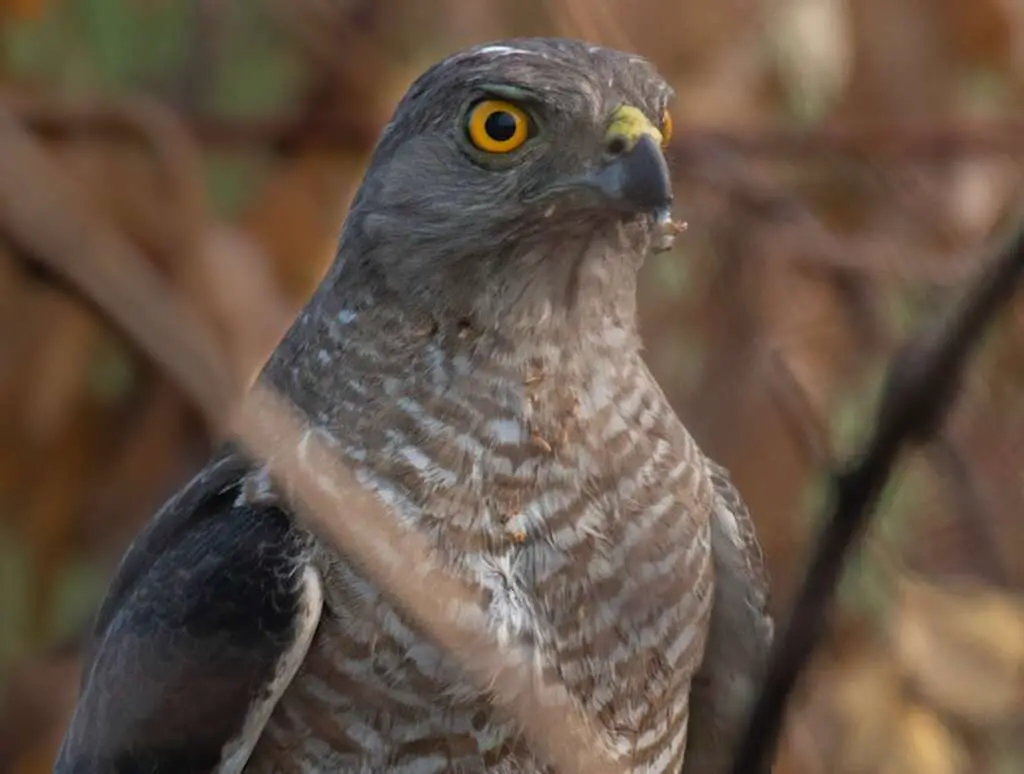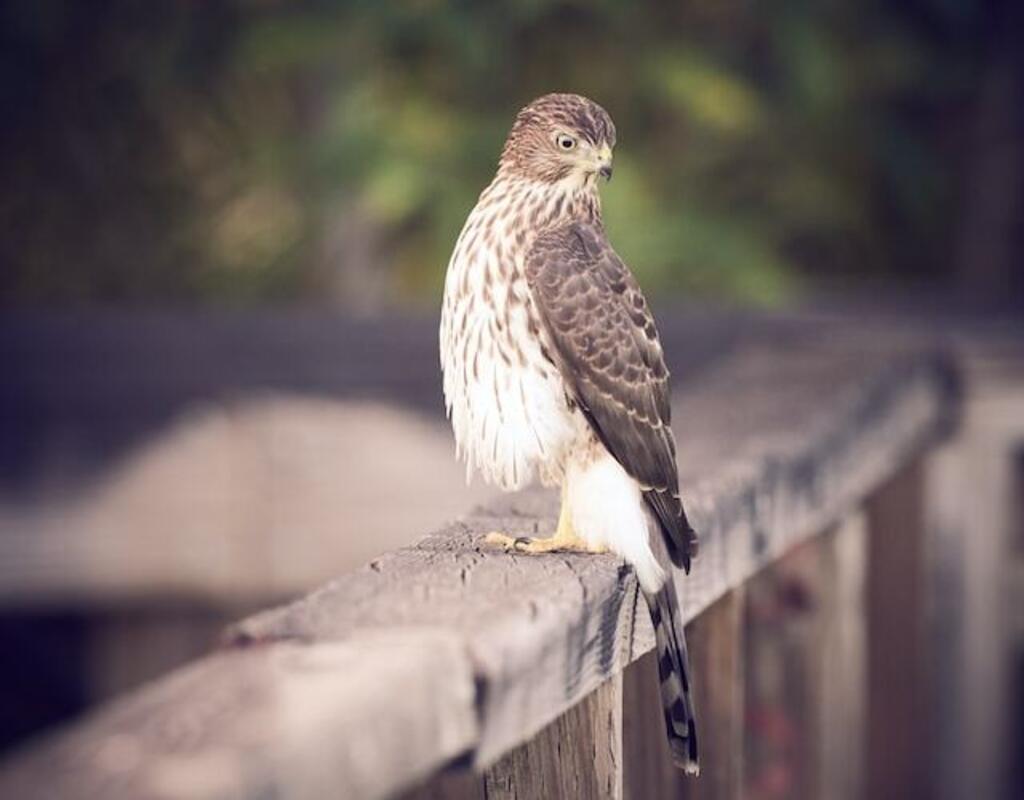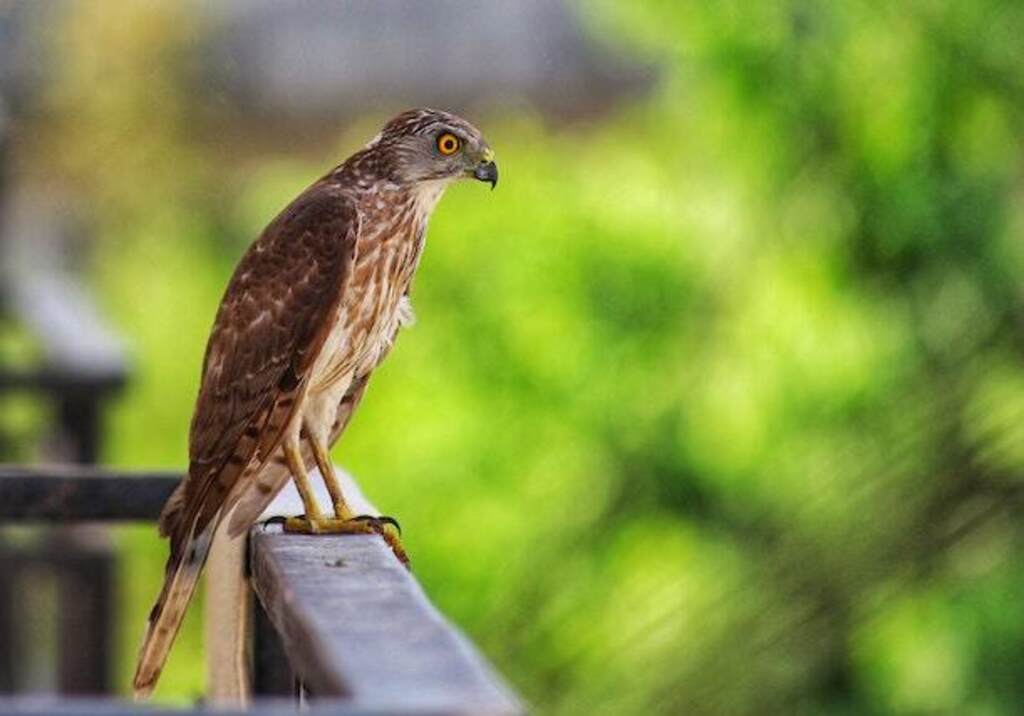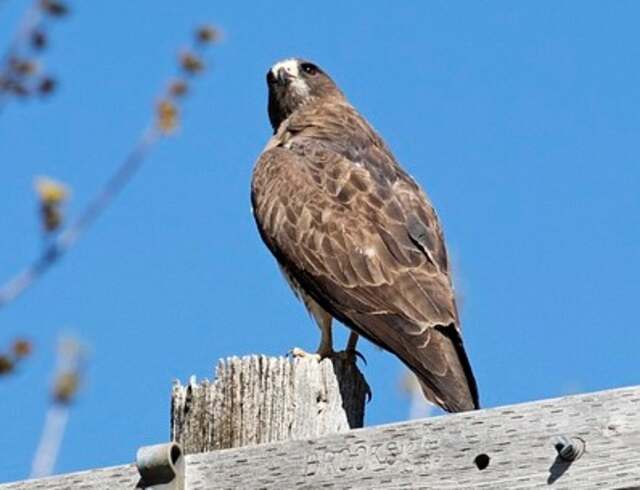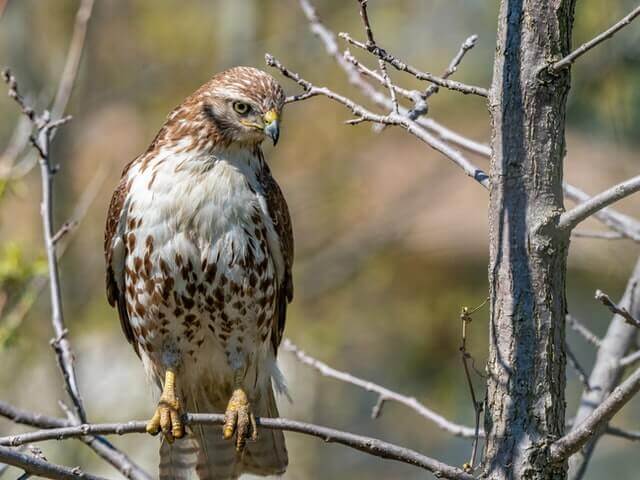Do Hawks Eat Crickets? Prepare to be chirp-spired by the untold tale of the unlikely culinary preferences of our majestic avian friends.
Hawks, the top predators of the avian world, are renowned for their exceptional hunting abilities, keen eyesight, powerful talons, and sharp beaks.
While they easily take down larger prey, the question remains: Do they have a taste for crickets?
In this article, we’ll uncover the truth behind this fascinating inquiry and explore the surprising dietary habits of these feathered hunters, shedding light on their crucial role in maintaining ecosystem balance.
Get ready to take a hop into the world of hawks and their taste buds!
Table of Contents
- 1 Explanation of hawks as predators
- 2 Brief overview of what hawks typically eat
- 3 Question: Do hawks eat crickets?
- 4 Types of Hawks
- 5 Hawk and Cricket Relationship
- 6 Conclusion
- 7 Author
Explanation of hawks as predators
Hawks are predatory birds that hunt for their food. They prefer to hunt during daylight hours using their keen eyesight to spot prey from high above.
Once they have located potential prey, they will dive down at incredible speeds and use their sharp talons to grab onto their victim. Hawks can also use their strong beak to kill or injure their prey before carrying it away.
Brief overview of what hawks typically eat
Hawks have a varied diet depending on the species and location they live in. Generally, hawks feed on small mammals like rodents (e.g., mice), rabbits, squirrels as well as birds such as sparrows and doves. In addition, some species of hawks also consume reptiles and amphibians like snakes or frogs.
Question: Do hawks eat crickets?
Crickets are not a typical part of a hawk’s diet; however, it is possible for them to consume them under certain circumstances.
Since crickets are relatively small insects compared to the animals hawks typically hunt, it is unlikely that they will go out of their way to catch them unless there is no other food source available or if crickets happen to be abundant in an area where they are hunting.
In some cases, captive-reared hawks may be fed crickets as part of their diet for a change of pace or for enrichment purposes.
Crickets are also a common food source for some birds of prey like owls, which may occasionally overlap with the habitats of hawks.
However, it is important to note that crickets are not a significant part of a hawk’s natural diet and do not play a crucial role in their survival. Understanding the diet and feeding habits of hawks is essential for anyone interested in wildlife conservation.
By learning about what hawks eat and how they hunt, we can gain a better understanding of these magnificent birds and their role in the ecosystem.
In the following sections, we will delve further into the types of hawks, their diets, and explore if there is any relationship between hawks and crickets.
Types of Hawks
Hawks are a diverse group of birds of prey, with over 250 different species found throughout the world. Each species has its own unique characteristics, including size, shape, and coloration.
In North America alone, there are approximately 25 different species of hawks.
Despite their differences, all hawks share a common hunting strategy: they use their keen eyesight to spot prey from great distances and then swoop down from above at high speeds to capture it.
Overview of different types of hawks
The most common types of hawks found in North America are the red-tailed hawk, Cooper’s hawk, and sharp-shinned hawk.
These three species are often confused with one another due to their similar appearance and hunting habits. The red-tailed hawk is the largest and most widespread of the three species.
They have broad wings and a long tail that is usually reddish-brown in color. Red-tailed hawks typically hunt from perches or soaring over open areas such as fields or forests edges.
The Cooper’s hawk is slightly smaller than the red-tailed hawk but still an impressive predator.
They have shorter wings and a longer tail than the red-tailed hawk which helps them maneuver more easily through dense vegetation in pursuit of prey such as small mammals or birds.
The sharp-shinned hawk is considerably smaller than both the red-tailed and Cooper’s hawks but is no less efficient as a hunter.
Their short wings allow them to fly quickly through thickly wooded areas in search of small birds such as sparrows or warblers.
Differences in hunting and eating habits between different types
While all three species hunt for similar types of prey – small mammals, birds, reptiles – they each have slightly different hunting and eating habits.
Red-tailed hawks, for example, tend to hunt from a perch or soar high in the sky looking for prey.
Cooper’s and sharp-shinned hawks are both known for their agility in pursuit of prey, but Cooper’s hawks tend to hunt larger prey than sharp-shinned hawks.
Sharp-shinned hawks, on the other hand, are nimble fliers and can navigate through tight spaces such as trees and bushes with ease.
The differences in hunting techniques also impact the type of food each species eats.
For example, red-tailed hawks are more likely to hunt ground-dwelling mammals such as rabbits while sharp-shinned hawks primarily feed on small birds that can be caught mid-air.
Cooper’s hawks have been known to hunt larger birds such as doves or pigeons.
Overall, while there are many similarities between these three types of hawks, their subtle differences in size and hunting strategies have led them to specialize in slightly different types of prey.
Understanding these differences is important for researchers studying bird populations as well as anyone interested in observing these magnificent predators in their natural habitats.
Hawk Diets
As one of nature’s top predators, hawks are known for their sharp talons, powerful beaks, and incredible hunting skills.
They are skilled hunters who prey on a wide variety of animals that range in size from small insects to large mammals. This section will discuss the typical prey for hawks.
Small Mammals (e.g., mice, rabbits)
Small mammals make up a significant portion of the hawk’s diet. Some common examples include mice and rabbits.
These small animals are easy targets for the hawk because they are slow-moving and often found in open fields or wooded areas.
Hawks have the ability to swoop down on their prey from above with incredible speed and accuracy.
Once caught, the hawk uses its sharp talons to hold onto the prey while using its powerful beak to deliver a quick, fatal blow.
Birds (e.g., sparrows, doves)
Another common type of prey for hawks is birds. Sparrows and doves are among their favorite targets due to their small size and lack of defensive capabilities.
Hawks have keen eyesight that allows them to spot potential victims from a great distance away. Once they’ve spotted their target, they’ll use their speed and agility to catch it in mid-air or on the ground.
Reptiles and Amphibians (e.g., snakes, frogs)
In addition to mammals and birds, hawks also hunt reptiles such as snakes as well as amphibians like frogs. These creatures can be found near bodies of water or in rocky outcroppings where they take shelter from predators.
Hawks have specialized beaks that allow them to tear through tough skin or scales when eating reptiles or amphibians. They’ll also use their talons to hold onto their prey and prevent it from escaping.
Explanation of Why Certain Prey Is Preferred Over Others
So why do hawks prefer certain types of prey over others? It’s all about energy efficiency. Hawks are opportunistic feeders who need to consume a lot of calories each day in order to maintain their active lifestyles.
Their high metabolism requires them to hunt and eat frequently, so they target prey that is easy to catch and provides a lot of energy.
Small mammals like mice and rabbits are often slow-moving and provide a high amount of protein and fat, making them ideal targets for hungry hawks.
Overall, hawks have a diverse diet that allows them to survive in a variety of environments.
Understanding the hawk’s preferred prey can help us learn more about these amazing creatures and appreciate their important role in maintaining balance within ecosystems around the world.
Hawk and Cricket Relationship
How do Hawks hunt Crickets?
Crickets are a common prey item for many bird species, including hawks. However, hunting crickets can be a bit more challenging than hunting other prey items.
Crickets are small and fast-moving insects that are often found in grassy areas, making them difficult to spot from above. To hunt crickets, hawks rely on their keen eyesight to spot them moving in the grass.
Once they have spotted a cricket, the hawk will swoop down and snatch it up with its talons.
Hitting these small targets requires precision; thus, hawks need to approach carefully and quietly so as not to alert their prey.
What are the benefits to Hawks eating Crickets?
Hawks eat crickets for several reasons. Firstly, crickets are high in protein but low in fat and calories – making them an ideal food source for predators that require lots of energy but cannot afford the extra weight associated with fatty foods like mammals or reptiles.
Additionally, because of their small size and abundance during certain seasons or times of day may provide a consistent food source when larger prey is less available.
Furthermore, consuming insects such as crickets may also provide hawks essential vitamins and minerals that they might not get from other foods or supplements
How often do Hawks eat Crickets?
The frequency of crickets being consumed by different hawk species depends on factors such as habitat availability or behavior patterns (i.e., diurnal vs nocturnal).
Some species will take advantage of all available food sources while others may primarily rely on larger vertebrates during summer breeding season or migrations where energy expenditure is much higher.
However there is no clear answer about how often Hawks consume crickets since it varies depending on each individual’s size, habitat availability dietary preferences, and behavior patterns.
However, it is known that hawks eat a variety of prey depending on their size and habitat availability.
The Importance of Understanding a Hawk’s diet
Understanding what hawks eat is important for a variety of reasons. Firstly, it can provide insight into the ecology of specific bird species, and how they interact with other animals in their environment.
Secondly, understanding hawk diets can help conservationists better manage habitats to promote healthy populations by ensuring there are enough prey items available.
Understanding the role insects play in hawk diets can help us to further understand the importance of insect biodiversity and potential effects on ecosystems if these food sources were to decline or disappear.
Conclusion
Summary of Main Points Discussed in the Article
Throughout this article, we have examined the question: do hawks eat crickets? We have explored the different types of hawks, their typical prey, and their hunting and eating habits.
While crickets are not a common food source for hawks, they do occasionally consume them.
It is important to note that hawks play an important role in our ecosystem as top predators. By controlling populations of smaller animals like mice and rabbits, they help to maintain balance within their habitats.
Final Answer to the Question: Do Hawks Eat Crickets?
Based on our research, it can be concluded that while hawks primarily feed on small mammals, birds, reptiles, and amphibians, they do sometimes eat crickets. However, this is not a significant part of their diet.
It is worth noting that while hawks may not rely heavily on crickets as a food source, other animals such as birds and reptiles may have more significant interactions with these insects.
Therefore, understanding the relationship between these species can provide insight into how different parts of an ecosystem are interconnected.
Significance and Relevance of Understanding a Hawk’s Diet
Understanding the diet of a hawk can have several practical applications. For example, farmers or gardeners may want to discourage certain types of prey from their fields or gardens by implementing deterrents or other measures.
Additionally, local wildlife management agencies may use information about hawk diets to evaluate populations within specific ecosystems.
Furthermore, gaining knowledge about different species’ relationships with each other can shed light on how entire ecosystems function.
This kind of information helps us better understand how human actions impact wildlife populations and ecosystems as a whole.
While crickets are not typically a staple food for hawks compared to small mammals or birds; they do consume them occasionally.
Understanding the relationship between different species within an ecosystem can help us make informed decisions about how to protect and preserve our natural world.

